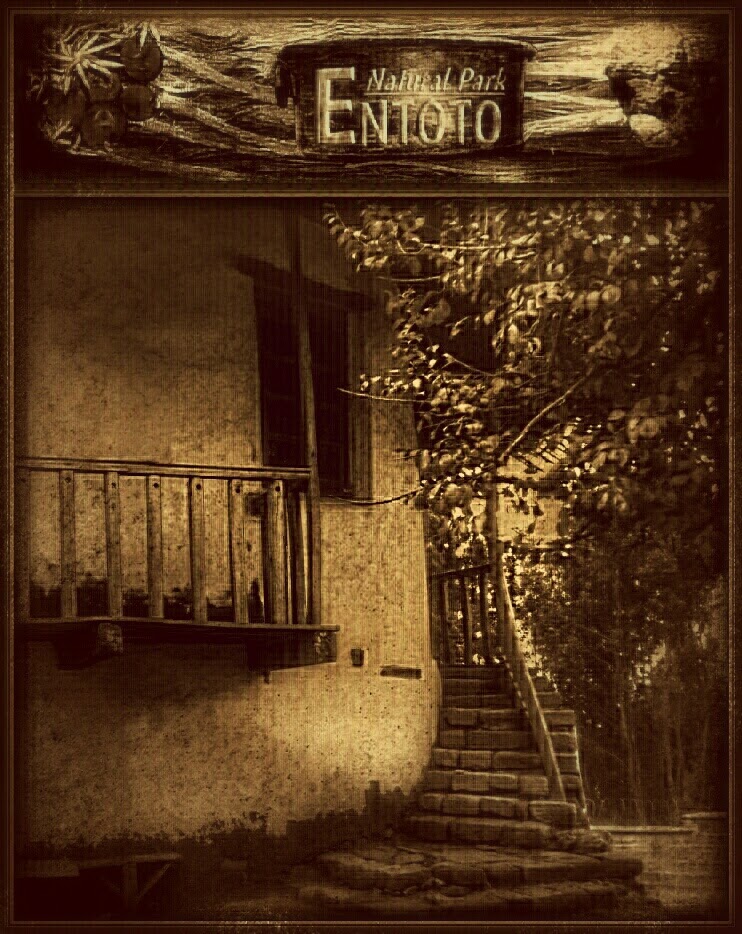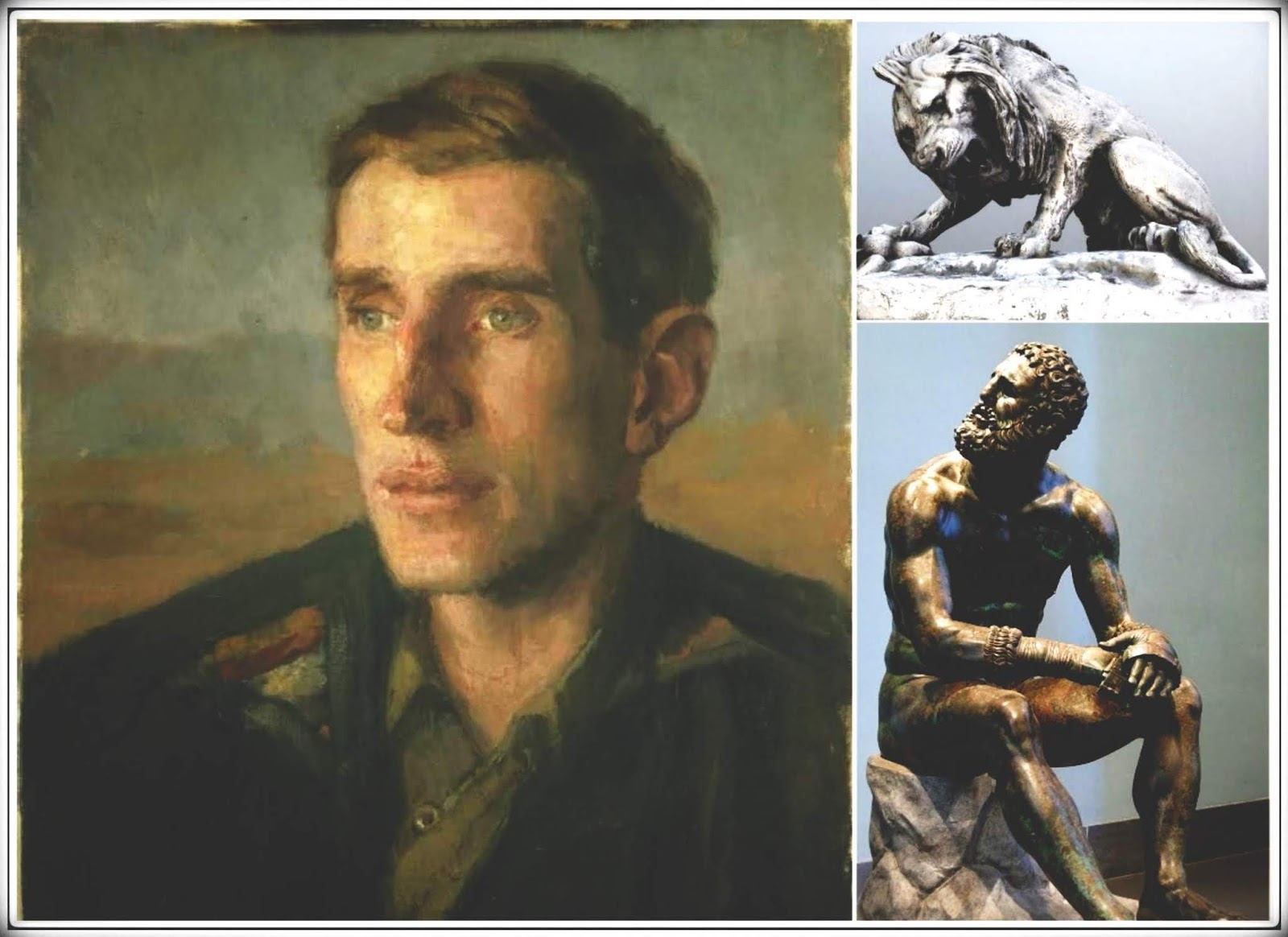HISTORY
The Capital and Entoto’s Contemporary History
Emperor Menelik (Minilik) Entoto Palace Addis Ababa
“ From the late 1870s, Menelik began to show an increasing interest in the region in which Addis Ababa is situated and headquartered the royal camp at several sites in the area.
His first major settlement was established on the slopes on Mount Wuchacha, west of the present settlement, but he soon moved northwards and set up his camp near the summit of Entoto Mountain, a choice determined by strategic considerations. Here he erected a palace”…
“The next important building to be constructed at Entoto was the church of Maryam, a circular structure, the foundations which were laid in 1885.
Menelik, it is said himself participated in the buildings work, and on occasion travelled with his consort, Queen Taytu, to Mount Managacha to the west where he helped to prepare massive squared roof beams which were then carried dozens of kilometres by groups of four or five soldiers.
It was at this church of Maryam that Menelik was crowned Emperor of Ethiopia in November 1889, and an effigy of the old monarch can still be seen on its walls. ”(Hancoch et al. 1983, pg102.)
But the establishment of the capital on the slopes of Mount Entoto did not turn out well: “Entoto, as Menelik’s capital, rapidly acquired a considerable population.
At the beginning of the century, the British game-hunter and ethnographer, P.H.G. Powel-Cotton, described it as ’‘a populous city”, while his compatriot, Herbert Vivian, believed that it “must have comprised 50 000 souls.
’'The site, which had initially been selected as a fortress, was not suitable as a capital for more peaceful times. Being situated on a rugged mountain, it was poorly supplied with provisions which could be brought up only after an exhausting walk.
Food, as Ilg reports, was often scarce, and wood and water were also difficult to obtain. Entoto’s climate during the rainy season was moreover far from pleasant, for it suffered from many storms.
A French traveller, Jules Borelli, states that it was a place of much lightning, thunder and fog, while his compatriot, Charles Michelli remarked that, ’'exposed to the wind, difficult of access, and without drinking water”, the town was “an impossible capital”.“ (Ibid, pg 103)
The childhood cradle of Entoto’s slopes
- This was a time much characterized by Abyssinia’s history of grandiose lords and their battles to inherit the historical and legendary Crown of Solomon.
- An impressive sparkling background for a small infant who, in spite of British and noble birth origin yet with his first impression sprouts to curiosity in a traditional Abyssinian clay hut just down the mighty Entoto.
- This remarkable diversity of origin and the place of birth form a context for both the idyllically and the civilized environment that will soon be the seat of the British Legation.
- Here, beneath the mountain with its legendary history and wilderness, was created the emotional and remarkable foundation of the forthcoming magnificent grand events.
- This was the place for the infant boy who would build the future excellent by legends, books and thrilling adventures.
- The infant Wilfred Thesiger was here waved to his first impressions and in the light that fell in into the clay hut was something unique created.
- This was the place for the upcoming British Legation that was to be built in the following year.
Sir Wilfred Thesiger
Sir Wilfred Thesiger received the wilderness from the childhood cradle at Entoto and lived with nature’s closeness even more intensively during the following years of dangerous missions. The author’s writings now directly contact these remarkable events.
In the initial contact with the literature of this authoring and remarkable legend, a very warm, friendly narrator clearly appears and that the book one reads thereby becomes part of his own emotional experience.
Well-Being and a recognition of the personal and most unique of the childhood’s pleasant memories are brought here and given through the author’s own experiences a more vibrant background and thus once again grabs the own forgotten memories that are enriched by the author’s poignant story.
After a time of this idyllically beautiful story from childhood Abyssinia, gravity is approaching very quickly in the period between the war-time Great Britain, where both severe losses but also the most beautiful of nature experiences are mixed and described with lovely sincerity but irresistible low-key beauty.
It is clear that this modest beauty developed on Entoto’s wild mountain massif now in the UK encounters direct jealousy, suspicion and persecution, and this from peers as well as older people, who enviously despise the young author’s memories of the wild hyenas and wildlife at this wildly impenetrable mountain massif from childhood Abyssinia.
This diversity in cultural background and unforgettable nature experiences from the mountain above Addis Ababa characterizes this multifaceted author’s upbringing in the UK and complements its stories to become more prosperous and more diverse than would otherwise be expected.
A deep glow can soon be considered in the authorship, where the lovely inviting stories from the youth hide directly dangerous and vast thrilling experiences. For many reasons, these events are shrouded in irresistibly beautiful stories, and the reader is annoyed or frightened by the curiosity of the unwritten rumble of rumours concealed under the wonderfully described nature and mountain stories.
It is up to the reader to really try to interpret the author’s real experiences assignments and to make some conclusion. Perhaps the closest friends within Emperor Haile Selassie’s family come close to the truth when they mention that events were so strenuous and directly dangerous that the author was in some ways too profoundly rooted in circumstances that may never have been enforced. https://g.co/kgs/kBBheT



